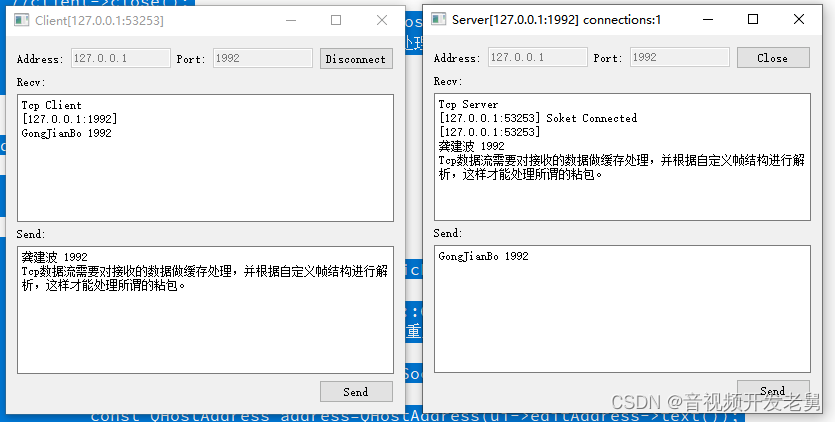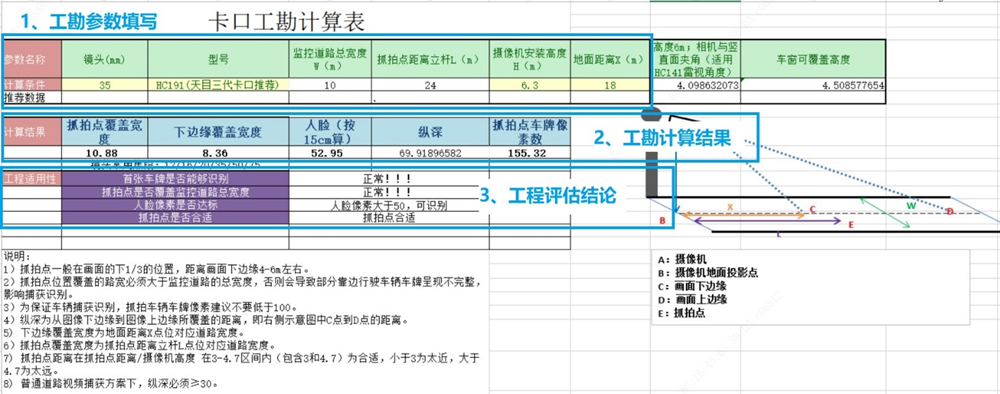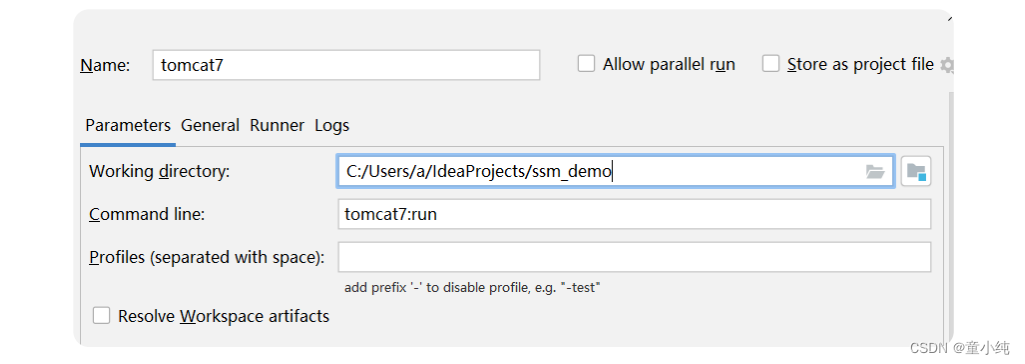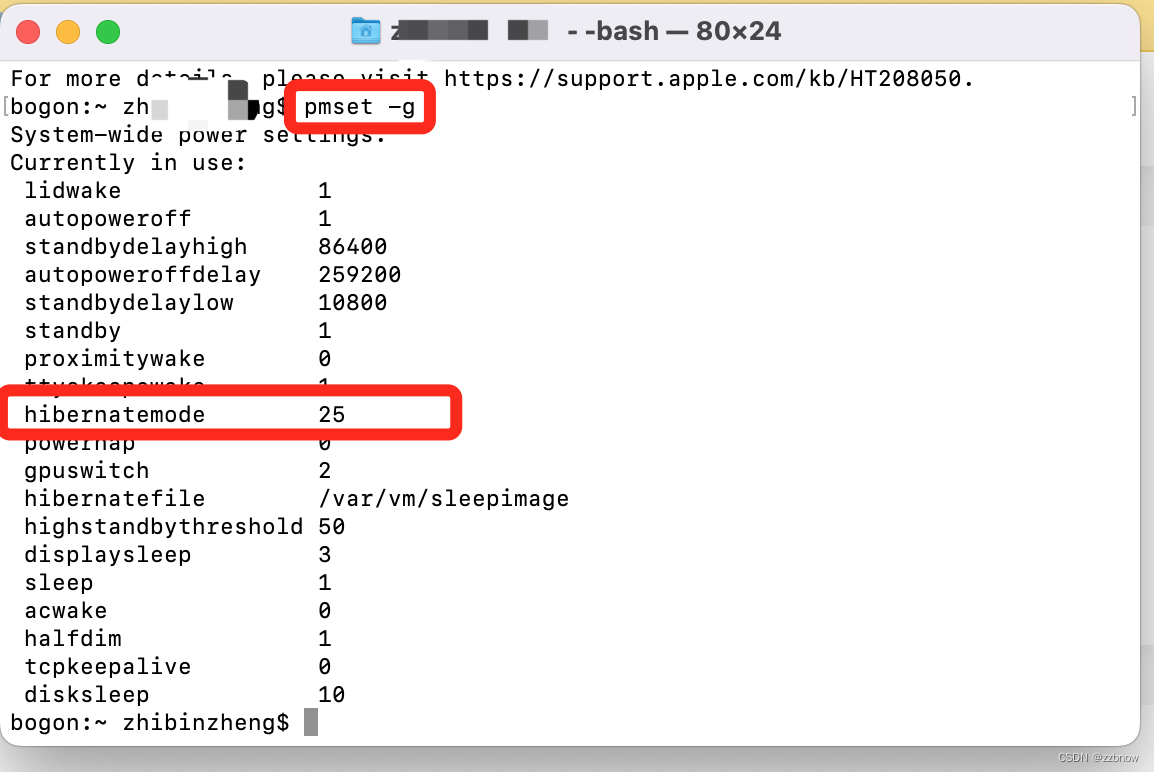序言
在前文的基础上继续梳理一下分片的相关信息.基于shardingsphere-sharding-api:jar:5.2.1的源码,感觉ShardingJdbc的版本变动频繁且比较大cuiyaonan2000@163.com
切入口是如下的内容,吐槽下官网的API文档不太够能把事情说清楚:
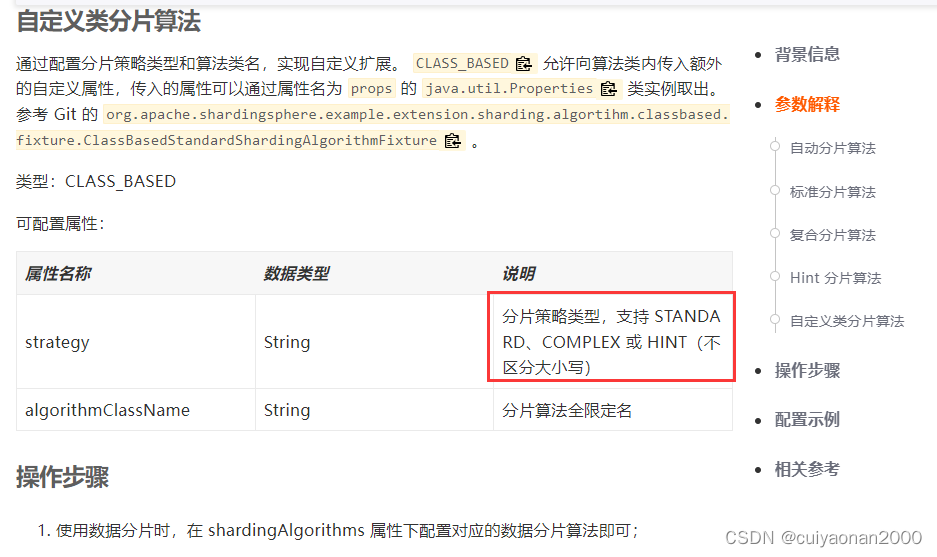
分片算法
从上面的自定义分片的可选类型我们就知道了,也不是完全的自定义,还是要按照官网的要求来操作的,能选择自定义分片策略只有STANDARD,COMPLEX,HINT这3中类型的自定义策略,对应到代码上就是如下的内容;

如上的接口限制了我们能够自定分片策略的范围.如下就是ShardingJdbc内置的一些分片算法了,这些算法都是实现了上面的接口cuiyaonan2000@163.com
官网也有一个列表展示了所有的内置算法类: 数据分片 :: ShardingSphere
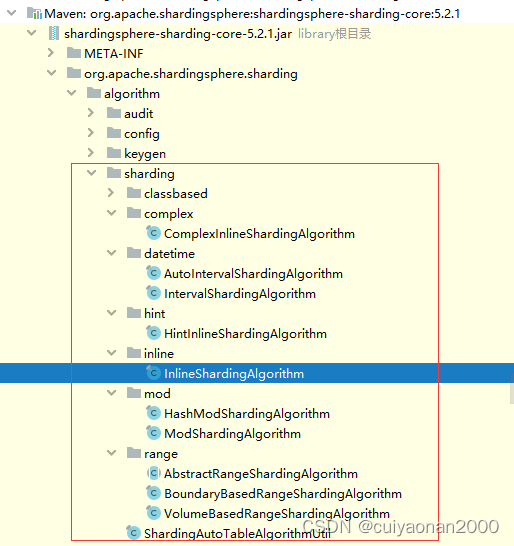
InlineShardingAlgorithm
我们以STANDARD类型的InlineShardingAlgorithm算法为引子来看一下,它的实现.
首先它实现了StandardShardingAlgorithm接口,表示他是Standard类型的算法.
/*
* Licensed to the Apache Software Foundation (ASF) under one or more
* contributor license agreements. See the NOTICE file distributed with
* this work for additional information regarding copyright ownership.
* The ASF licenses this file to You under the Apache License, Version 2.0
* (the "License"); you may not use this file except in compliance with
* the License. You may obtain a copy of the License at
*
* http://www.apache.org/licenses/LICENSE-2.0
*
* Unless required by applicable law or agreed to in writing, software
* distributed under the License is distributed on an "AS IS" BASIS,
* WITHOUT WARRANTIES OR CONDITIONS OF ANY KIND, either express or implied.
* See the License for the specific language governing permissions and
* limitations under the License.
*/
package org.apache.shardingsphere.sharding.api.sharding.standard;
import org.apache.shardingsphere.sharding.spi.ShardingAlgorithm;
import java.util.Collection;
/**
* Standard sharding algorithm.
*
* @param <T> class type of sharding value
*/
public interface StandardShardingAlgorithm<T extends Comparable<?>> extends ShardingAlgorithm {
/**
* Sharding.
*
* @param availableTargetNames available data sources or table names
* @param shardingValue sharding value
* @return sharding result for data source or table name
*/
String doSharding(Collection<String> availableTargetNames, PreciseShardingValue<T> shardingValue);
/**
* Sharding.
*
* @param availableTargetNames available data sources or table names
* @param shardingValue sharding value
* @return sharding results for data sources or table names
*/
Collection<String> doSharding(Collection<String> availableTargetNames, RangeShardingValue<T> shardingValue);
}
如上就是Standard类型的算法需要实现的接口了,通过我们小学六年级英语可以知道,这2个方法就是用来告诉程序,该选择哪个数据库或者哪个表的的主要方法cuiyaonan2000@163.com
看一下示例,我们成功运行代码后打个断点看下里面的算法

由上可见:
-
availableTargetNames: 是可以选择数据库的名称,在我们配置文件设置的2个数据源m1和m2
-
shardingValue: 就是我们的分片字段信息,里面有针对逻辑表明cui,字段名称id,value:1597852299895095298是要插入的id的值.
同一个方法如上是针对分库的选择,如下分表的选择(就是同一个方法用来进行分库分表的选择)
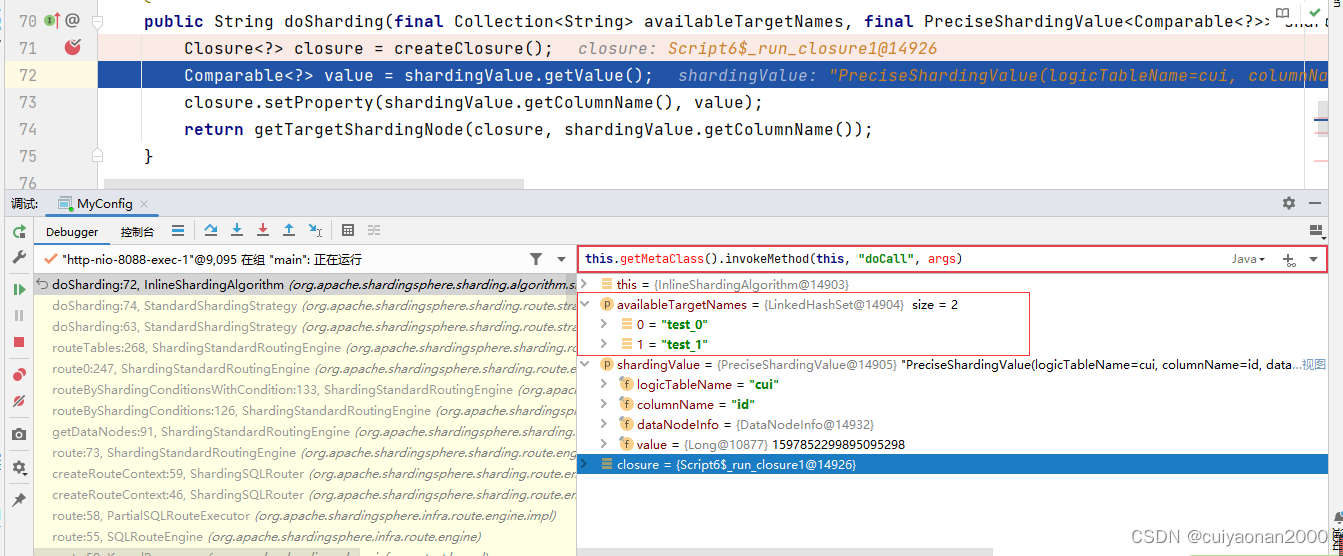

![[附源码]Python计算机毕业设计Django的物品交换平台](https://img-blog.csdnimg.cn/ae690f09ab264cde9e5b384c81ea8331.png)






